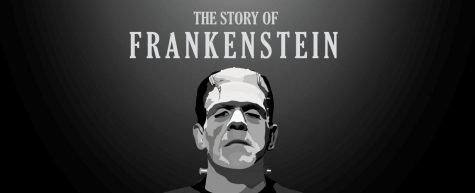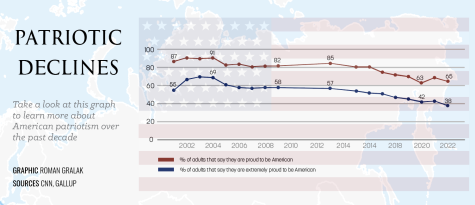A Monster-osity
“Frankenstein” structure too confusing, not memorable enough for students
I had to read Mary Shelley’s Frankenstein during my sophomore year for AP Literature and I still don’t get the hype. Although the concept is great in theory, the book itself is way too confusing and hard to follow. Not only is the book itself confusing, but everyone who has not read it has an entirely incorrect idea of the story.
First, the plot of the book is generally confusing. The story of a hideous creature who is hated by all who can see it is a sweet sentiment to how judgmental society can be. However, since the book is portrayed as a story, within a story, all within a letter, the narrative does not follow in the way one would expect it to. If that use of an embedded narrative is not confusing enough, a lot of the text consists of pages and pages of descriptions of nature and mountains and other things that do not impact the story at all. When I read this, my teacher told us we could skip over these pages because they went on for too long and truly would not change one’s understanding of the text. Over the top description is a characteristic of Victorian writing, which is fine for some people but I personally thought it was too much. The message is a bit hard to find within the story and the media already blurs the lines of what the story actually is.
Second, people’s expectations of the book have been marred by pop-culture. For example, one misconception around Frankenstein’s monster is that he is green. However, in the book, Shelley describes him as around 8 feet tall with thin yellow skin pulled too tight, water eyes, and flowing black hair. The monster is far from the square-headed, green beast we see in the media today. If more people would actually read the book, then maybe the media’s perception of the creature would change. Frankly, he is the best character in the book and nowadays one would think of him as a fumbling creature wreaking havoc on innocent people. But he is actually one of the smartest characters in the book, he teaches himself language by listening to other people and even teaches himself how to read. Not to mention he does not mean to hurt anyone, well, except for Victor, but at that point the doctor deserves it.
Maybe if the book was a little bit more clear or memorable, people would be able to tell the monster from Frankenstein himself. I’ll admit, I am 100 percent one of the people who will correct you when you call the creature Frankenstein. Because although Victor Frankenstein was the true monster, the “monster” he created was never given a human name.











